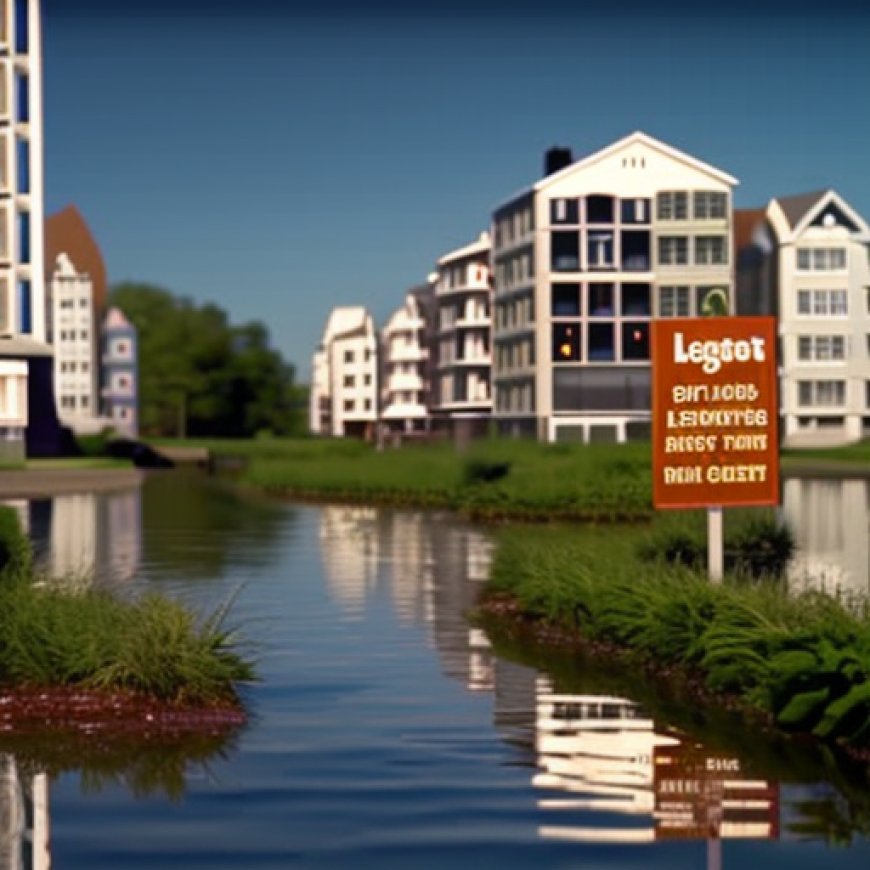Where Does League City’s Drinking Water Come From?
News Flash • Where Does League City's Drinking Water Come Fr News Flash • League City • CivicEngage


League City Water Department Ensures Clean and Safe Water for Residents
Rest assured, when you go to the sink to pour yourself a glass of water, what comes out of the faucet is clean, safe, and meets strict state drinking water standards for pressure, distribution, and even taste. It’s also a huge cost-saving to League City residents. A gallon of tap water costs you less than a penny compared to an average of $0.64 per gallon of bottled water purchased at the store.
National Drinking Water Week May 5 -11
The responsibility of controlling and monitoring water pressure and quality, maintaining pumps, pipes, and other equipment, and distributing water to over 118,000 residents throughout League City belongs to the Water Production Department. As part of National Drinking Water Week, we’re recognizing the men and women in this department who work 365 days a year —including weekends and holidays—to ensure there is never a break in the delivery of clean and safe water to League City homes and businesses.
Where Does Our Water Come From?
League City purchases water from two main entities—the Gulf Coast Water Authority and the City of Houston. The water from the GCWA comes from the Brazos River in Galveston County while water from the City of Houston comes from the Trinity River in Harris County. Before arriving in League City, both sources of water go through a series of treatments and tests to make the water potable, or safe for human consumption. The potable water is then transported via a series of large pipelines to a variety of League City facilities before being distributed to homes and businesses or stored in elevated tanks.
Watch the video below to learn more about the day-to-day operation of the League City Water Department and visit www.leaguecity.com/water.
SDGs, Targets, and Indicators
| SDGs | Targets | Indicators |
|---|---|---|
| SDG 6: Clean Water and Sanitation | 6.1 By 2030, achieve universal and equitable access to safe and affordable drinking water for all | – Mention of clean and safe water being delivered to League City homes and businesses – Mention of strict state drinking water standards being met |
| SDG 6: Clean Water and Sanitation | 6.4 By 2030, substantially increase water-use efficiency across all sectors and ensure sustainable withdrawals and supply of freshwater to address water scarcity | – Mention of the cost-saving of tap water compared to bottled water – Implication of efficient water distribution and management |
1. Which SDGs are addressed or connected to the issues highlighted in the article?
SDG 6: Clean Water and Sanitation
The article primarily addresses SDG 6, which focuses on ensuring availability and sustainable management of water and sanitation for all.
2. What specific targets under those SDGs can be identified based on the article’s content?
Target 6.1: By 2030, achieve universal and equitable access to safe and affordable drinking water for all
The article highlights the delivery of clean and safe water to League City homes and businesses, indicating progress towards achieving universal access to safe drinking water.
Target 6.4: By 2030, substantially increase water-use efficiency across all sectors and ensure sustainable withdrawals and supply of freshwater to address water scarcity
The article mentions the cost-saving of tap water compared to bottled water, implying efficient water distribution and management that contributes to water-use efficiency.
3. Are there any indicators mentioned or implied in the article that can be used to measure progress towards the identified targets?
The following indicators can be inferred from the article:
– Mention of clean and safe water being delivered to League City homes and businesses indicates progress towards achieving universal access to safe drinking water (Target 6.1).
– The mention of strict state drinking water standards being met suggests the quality of the water supply, which can be used as an indicator for safe drinking water (Target 6.1).
– The cost-saving of tap water compared to bottled water implies efficient water distribution and management, contributing to water-use efficiency (Target 6.4).
Therefore, the indicators mentioned or implied in the article can be used to measure progress towards the identified targets.
SDGs, Targets, and Indicators
| SDGs | Targets | Indicators |
|---|---|---|
| SDG 6: Clean Water and Sanitation | 6.1 By 2030, achieve universal and equitable access to safe and affordable drinking water for all | – Mention of clean and safe water being delivered to League City homes and businesses – Mention of strict state drinking water standards being met |
| SDG 6: Clean Water and Sanitation | 6.4 By 2030, substantially increase water-use efficiency across all sectors and ensure sustainable withdrawals and supply of freshwater to address water scarcity | – Mention of the cost-saving of tap water compared to bottled water – Implication of efficient water distribution and management |
Copyright: Dive into this article, curated with care by SDG Investors Inc. Our advanced AI technology searches through vast amounts of data to spotlight how we are all moving forward with the Sustainable Development Goals. While we own the rights to this content, we invite you to share it to help spread knowledge and spark action on the SDGs.
Fuente: leaguecitytx.gov

Join us, as fellow seekers of change, on a transformative journey at https://sdgtalks.ai/welcome, where you can become a member and actively contribute to shaping a brighter future.







